Fifth Cranial Nerve Test:
It is a mixed nerve. Sensory roots take origin from gesserian ganglion (trigeminal ganglion). In pons motor nucleus is located in the floor of forth ventricle. Nerve divides in three division i.e Ophthalmic division, maxillary division and mandibular division.
Ophthalmic Division:
It supplies the conjunctival surface of the upper lid only and skin of medial part of nose as far as its tip. Upper eyelid, the forehead, and scalp up to vertex.
Maxillary Division:
It supplies the cheek, the front of the temple, the lower eyelid, side of the nose, upper lid, upper teeth, the mucus membrane of nose, upper part of pharynx, roof of the mouth, parts of soft palate, tonsils and cornea.
Mandibular Division:
It supplies the lower part of the face, lower lip, the ear, tongue, lower teeth and salivary glands. Its motor root supplies all the muscles of mastication except buccinator which is supplied by facial nerve.
Objectives:
- To test the sensory functions of trigeminal nerve.
- To test the motor functions of trigeminal nerve.
How To Test?
Sensory Part:
Test for various sensations such as touch, pain, pressure and temperature over the skin and mucous membrane supplied by nerves. The subject is asked to close his eyes, then his side of the face on the forehead, cheek and chin is touched with a pointer and he is asked whether he can feel the sensation and he should tell whether the stimulus is sharp or dull. To test the sensation in the buccal cavity, tongue blade is used. To test the temperature sense of the face, capped test tubes filled with warm and cold water are used. Similarly, the sensory discrimination of the stimuli over the face to each stimulus is also tested.
Testing Corneal Reflex:
Ask the subject to look at some distant object, then lightly touch the lateral edge of the cornea with the help of a light wisp of cotton. It leads to blinking of the subject. Compare the reflex on opposite side also. Normally the reflex is symmetrical on both sides.
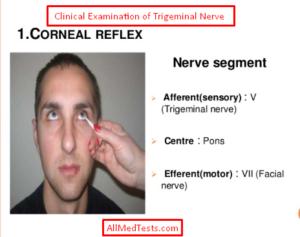
Testing Of the Taste:
Taste sensation is rarely carried by trigeminal nerve. Test sensation from anterior two third from the tongue is carried by chorda tympani to facial nerve. And from the posterior one third, it is carried by glassopharyngeal nerve.
Examination of Motor Part of Trigeminal Nerve:
The examination of the motor part starts with the inspection of the face of the subject. He/she is observed for any tremors or muscle atrophy. Now ask the subject to clench his teeth, the temporalis and masseter muscle stand out with equal prominence on each side which can be confirmed by palpation.
Ask the subject to open his mouth. In case of paralysis, the jaw will deviate towards the paralysed side because of push by healthy external pterygoid muscle on the opposite side.
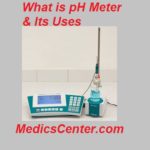
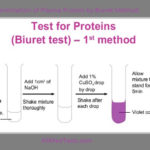
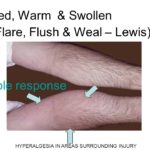
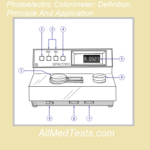
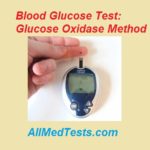

Leave a Reply